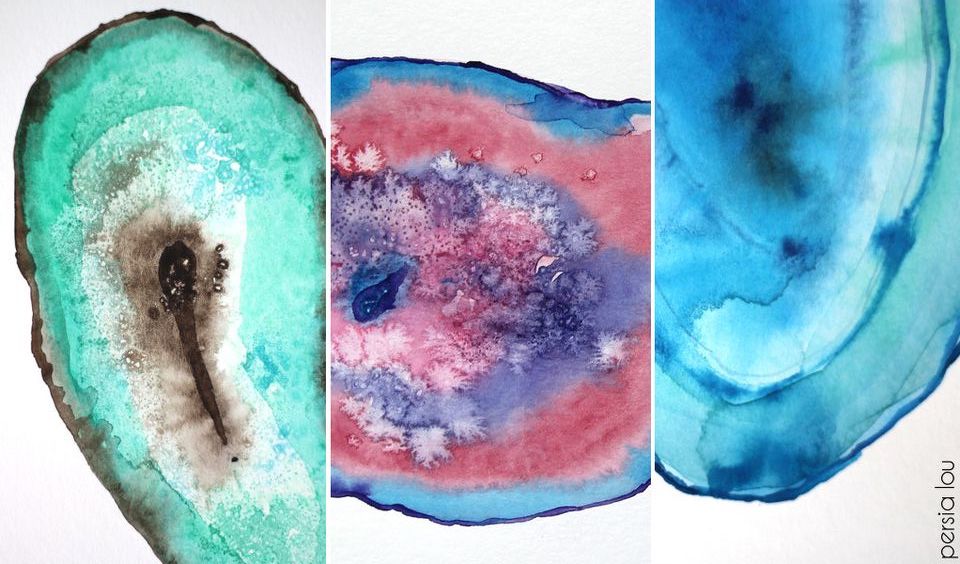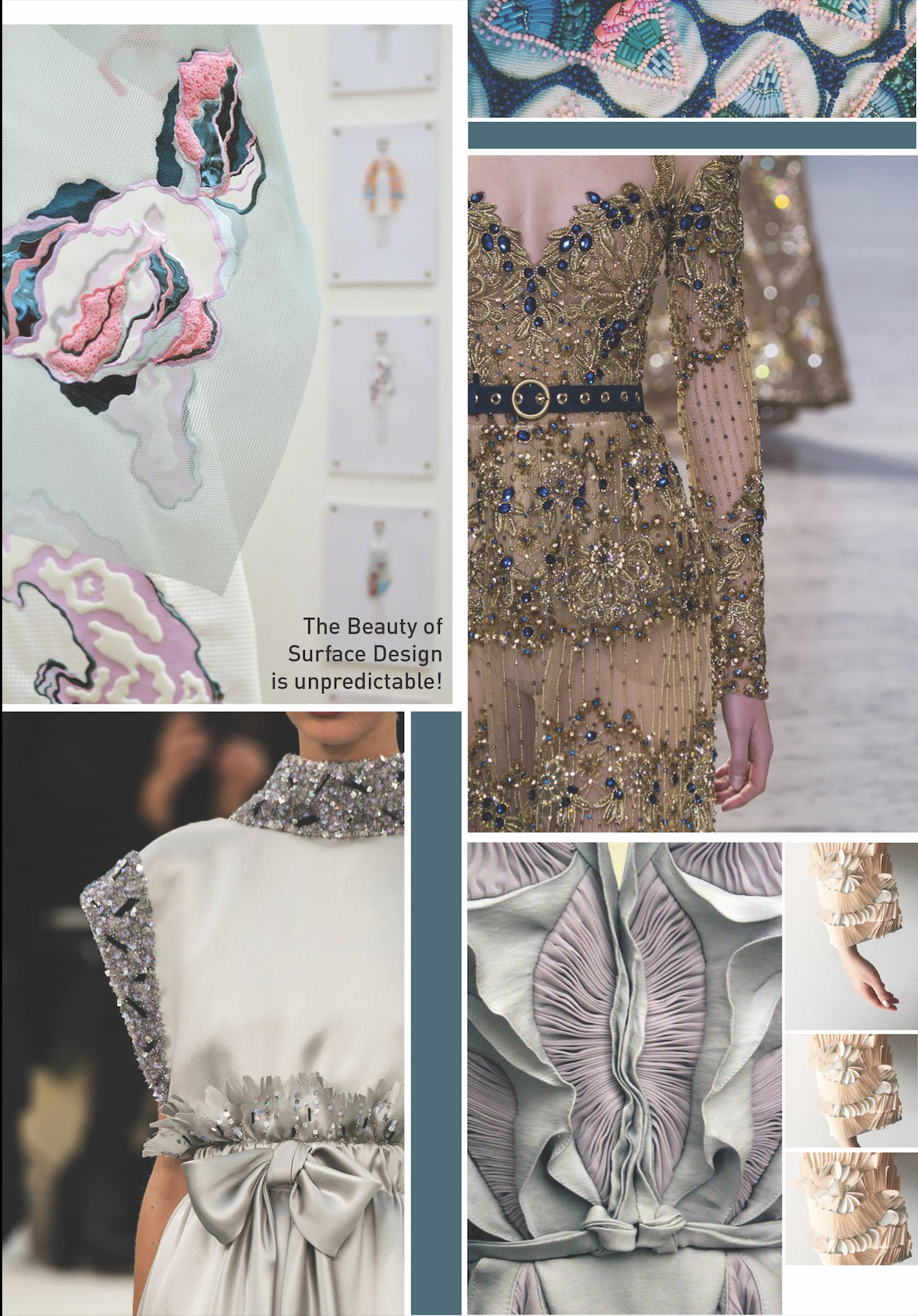“Supercycle”
So what is fusing plastic? Getting plastic and ironing them flat?
This is what I question myself, is plastic really pretty? I tend to throw plastic away for example after getting fruits that are wrapped with a protective wrap, or normal plastic bag. It is a waste of space in the house.
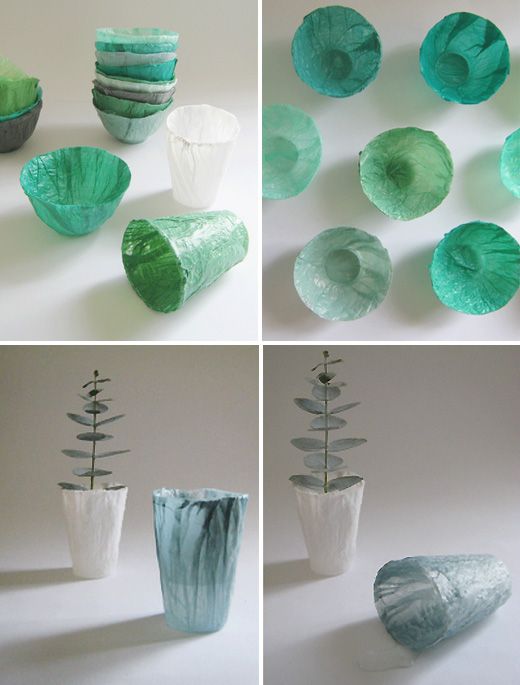
I never knew that plastic can be so pretty in a form of art.
One of the inspiration, when I was googling what is fusing plastic, is this fashion designer Jane Bowler. She uses plastic to make her art pieces and not only that, they are wearable. Sustainability as her key concept and overarching theme, her ideation is to make garments that last forever.
Jane Bowler Fusion Collection
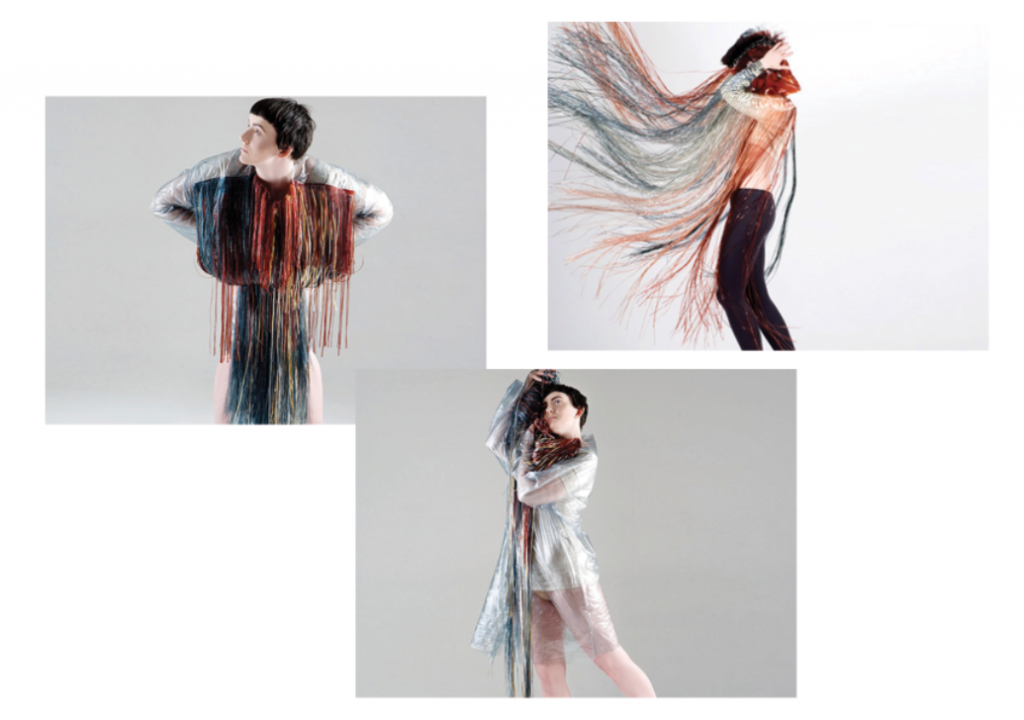
Jane Bowler is a recent graduate from the RCA.
“With her unique inspiration of that plastic, rubber bits, bath mats or old shower curtains that we would throw, instead it is her primary sources for extraordinary and beautiful work and it is easy to see her pieces becoming an instant hit in the ever mutating and challenging the world of fashion.”
http://www.dazeddigital.com/fashion/article/8234/1/jane-bowlers-plastic-fashion
———————————————————————————-
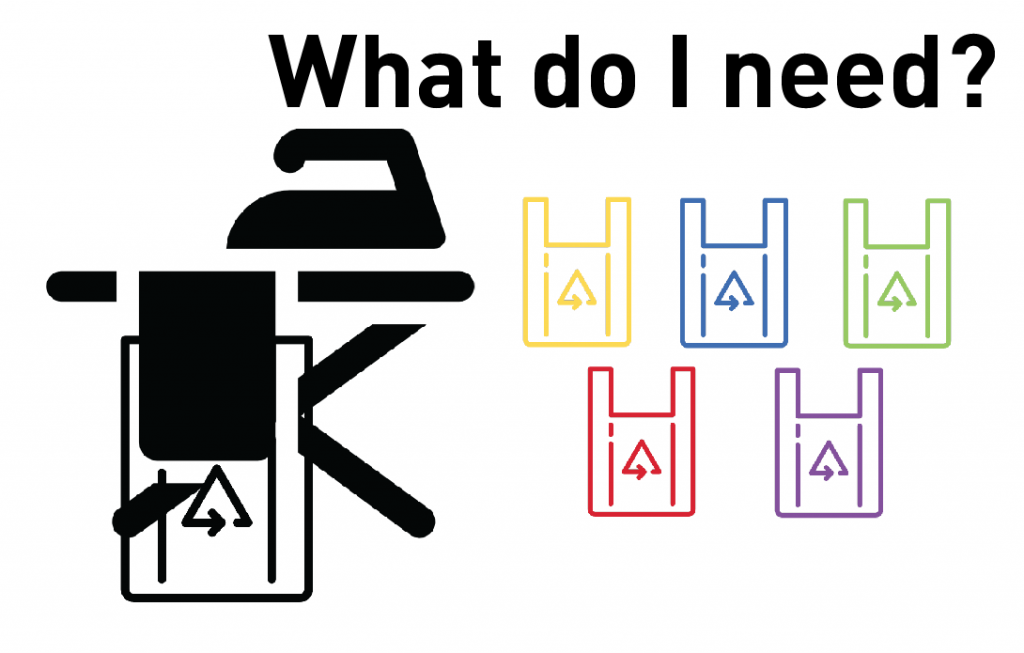
There are so many tutorials for fusing plastic bags with each tutorial having the individual method of how to fuse plastic.
Step 1: Here is what you need
-an iron
-an ironing board
-baking parchment paper
-plastic bags
———————————————————————————-
Getting started on fusing plastic, I tried random layering of plastic and ironing them. I think my first try was a disaster as the plastic did not really stick and there is no contrast in the whole form of plastic. (First try)
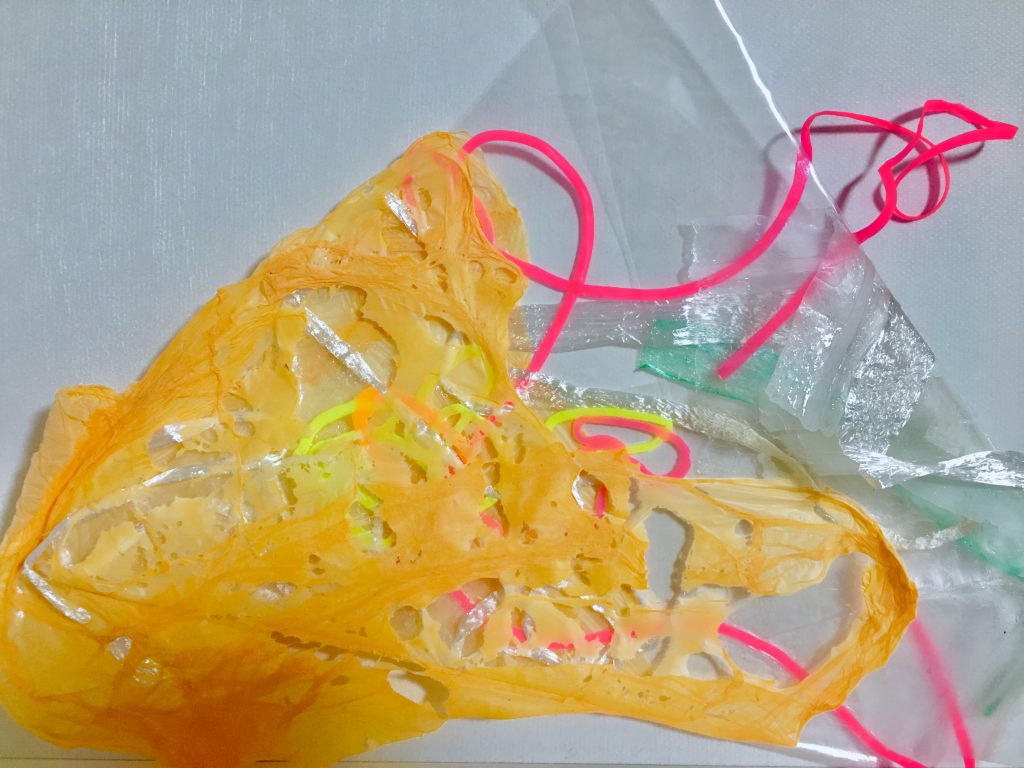
(The Failed Project during lesson)
Later I tried playing with the creating lettering by fusing them individually. (second try)
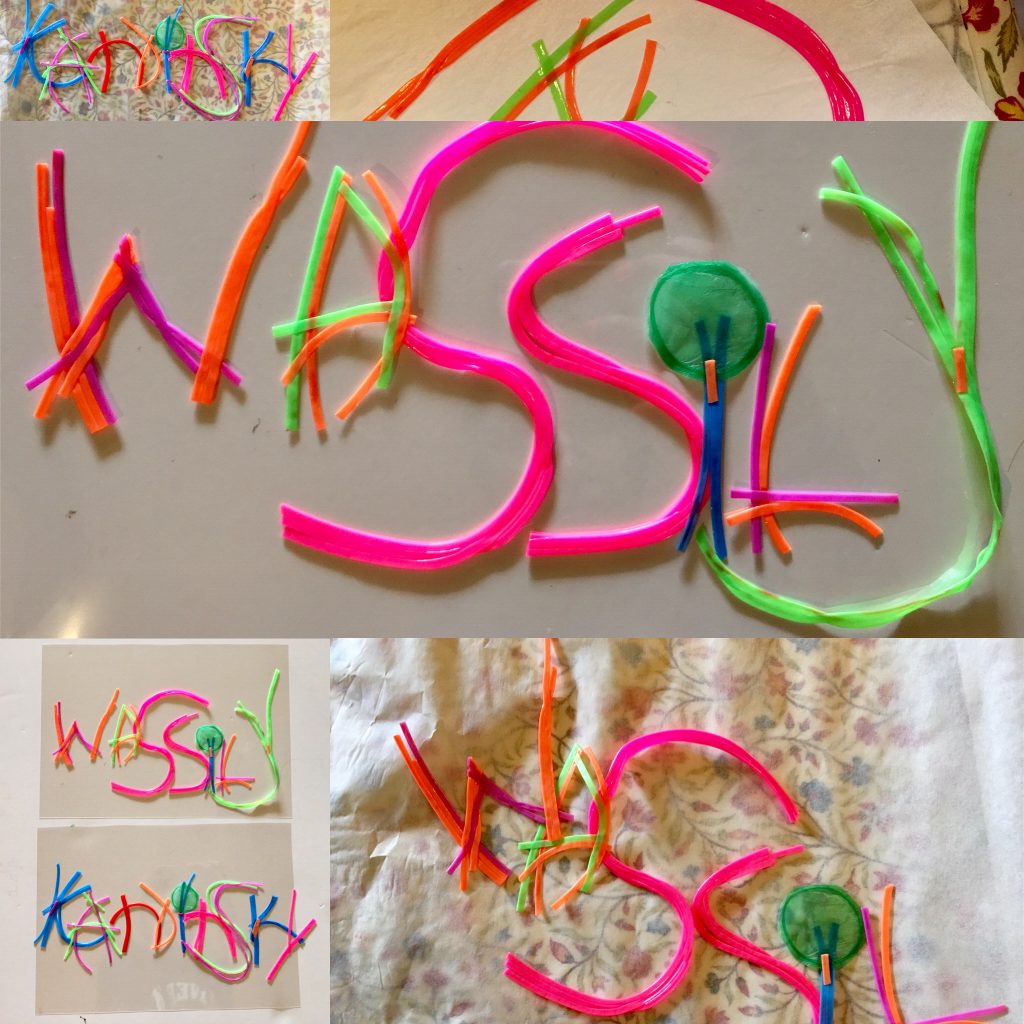
On my next post, I’ll will be posting more creation on the fusing plastic technique:
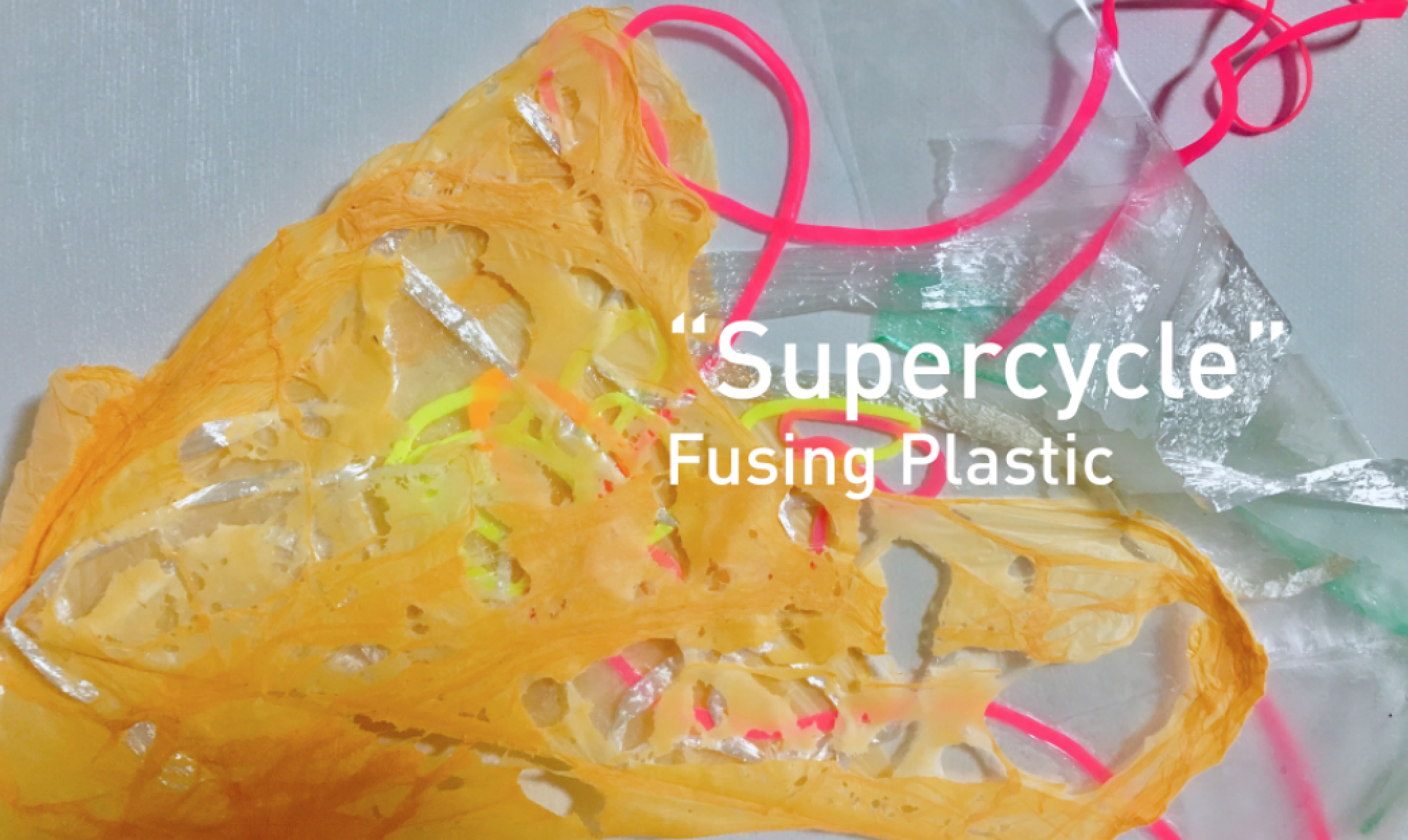
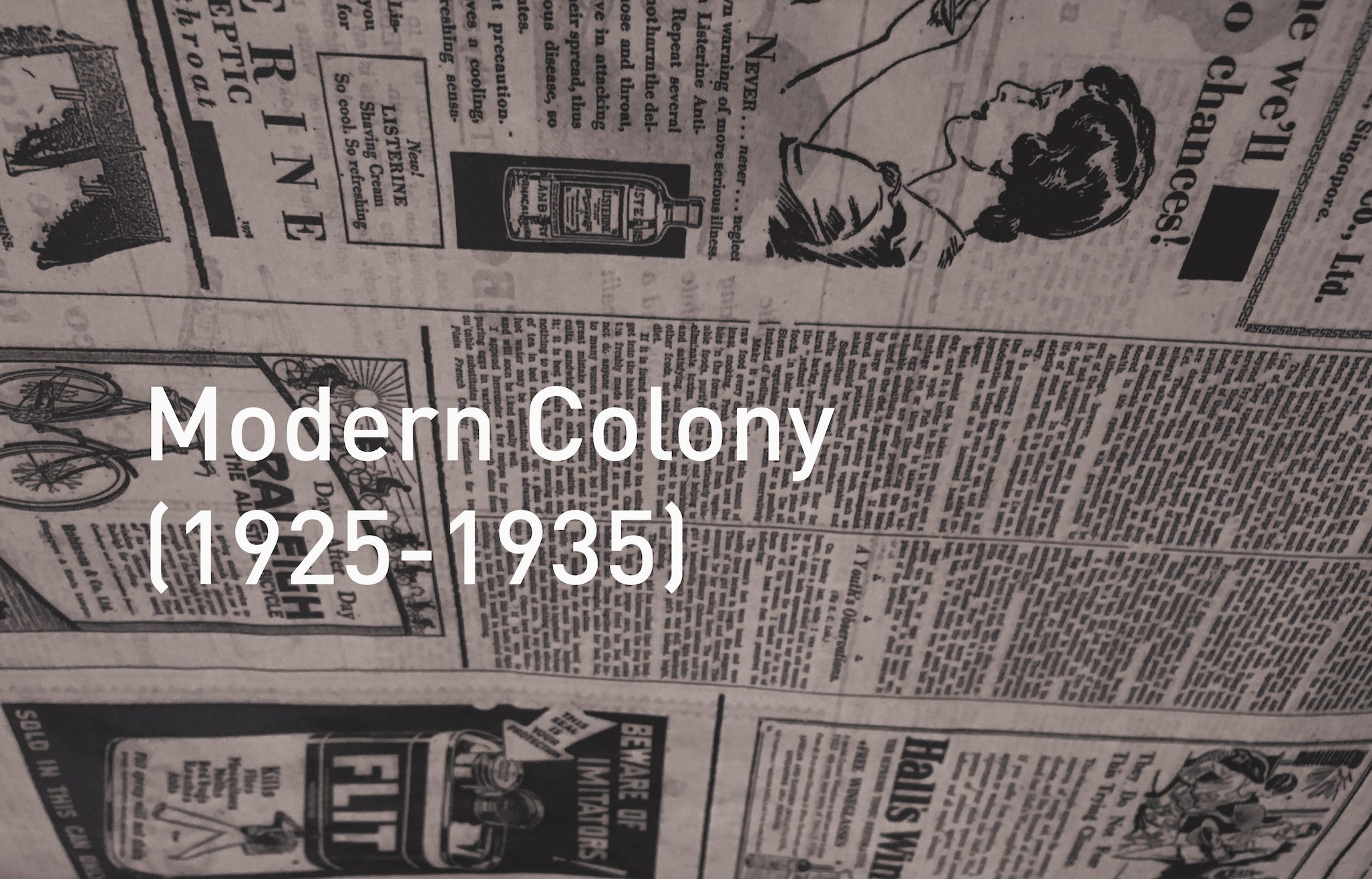
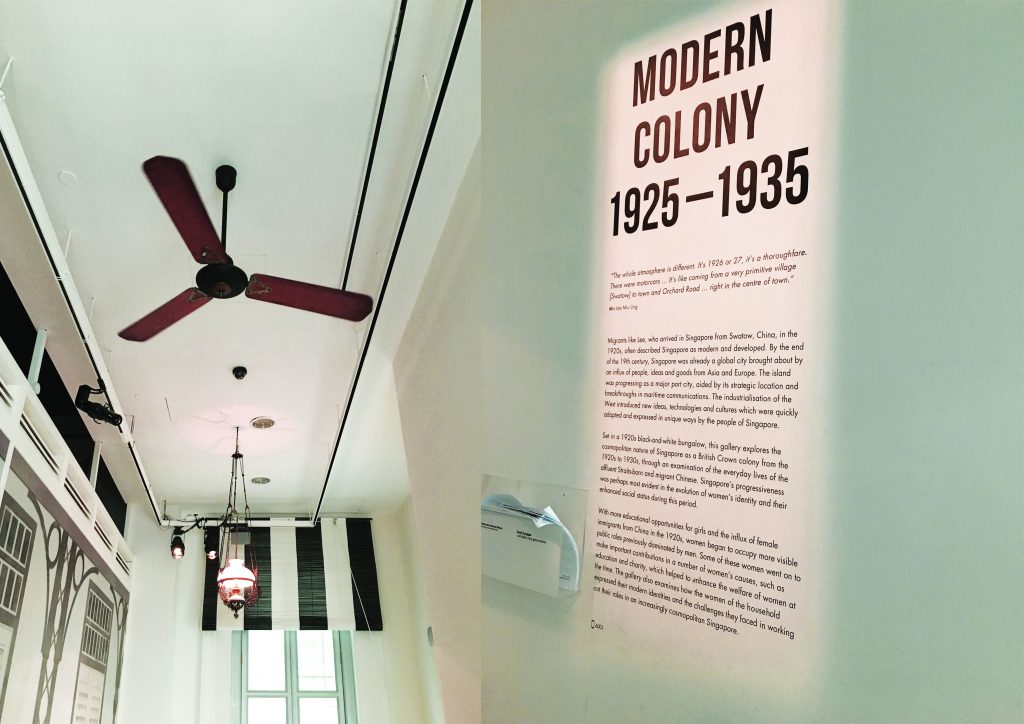
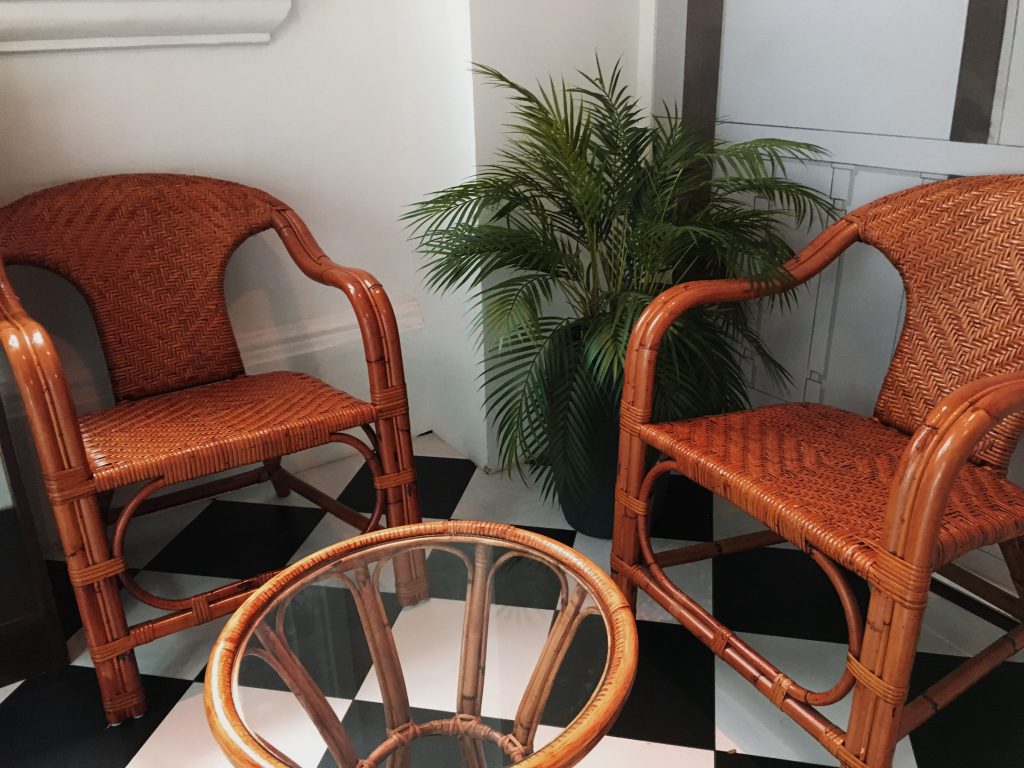
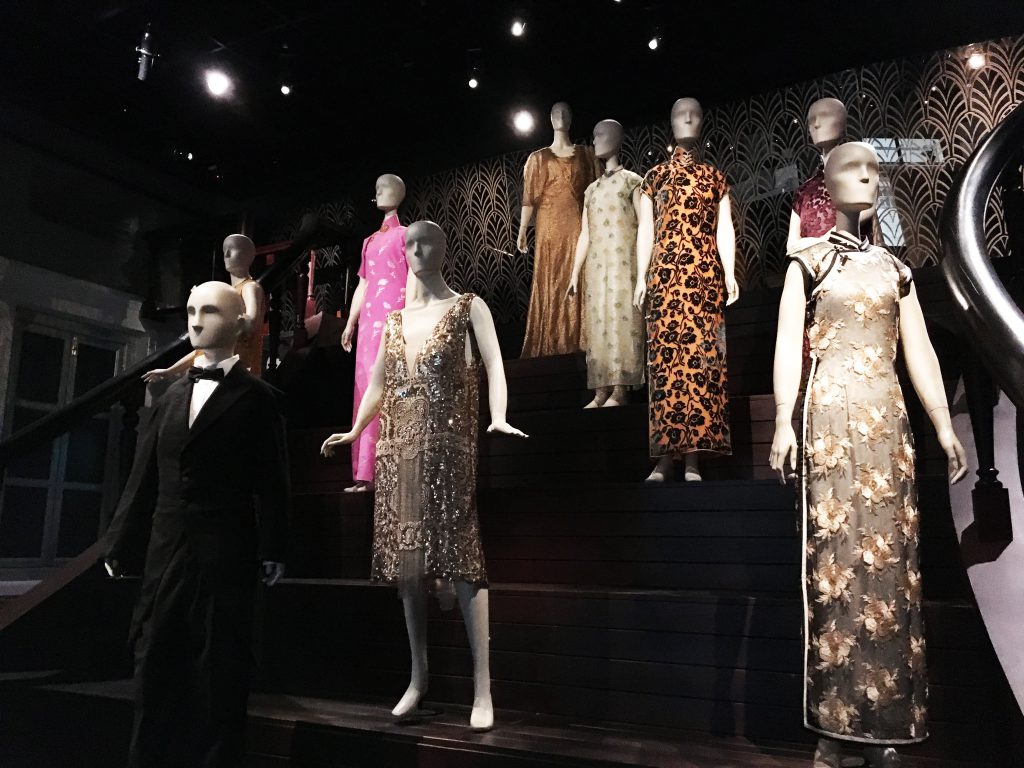
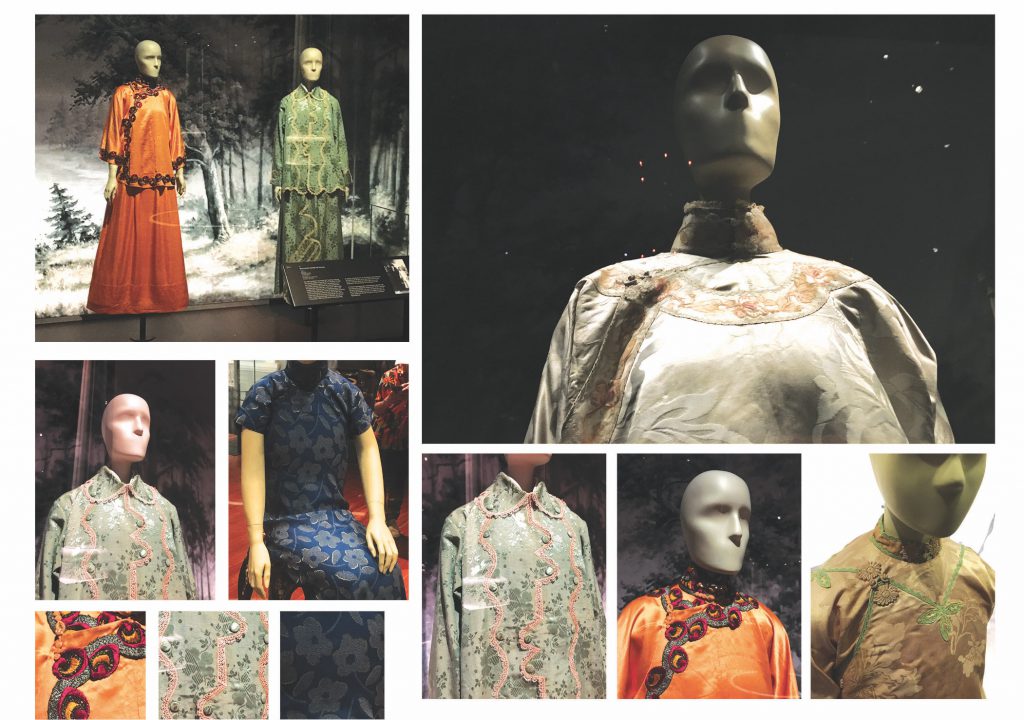
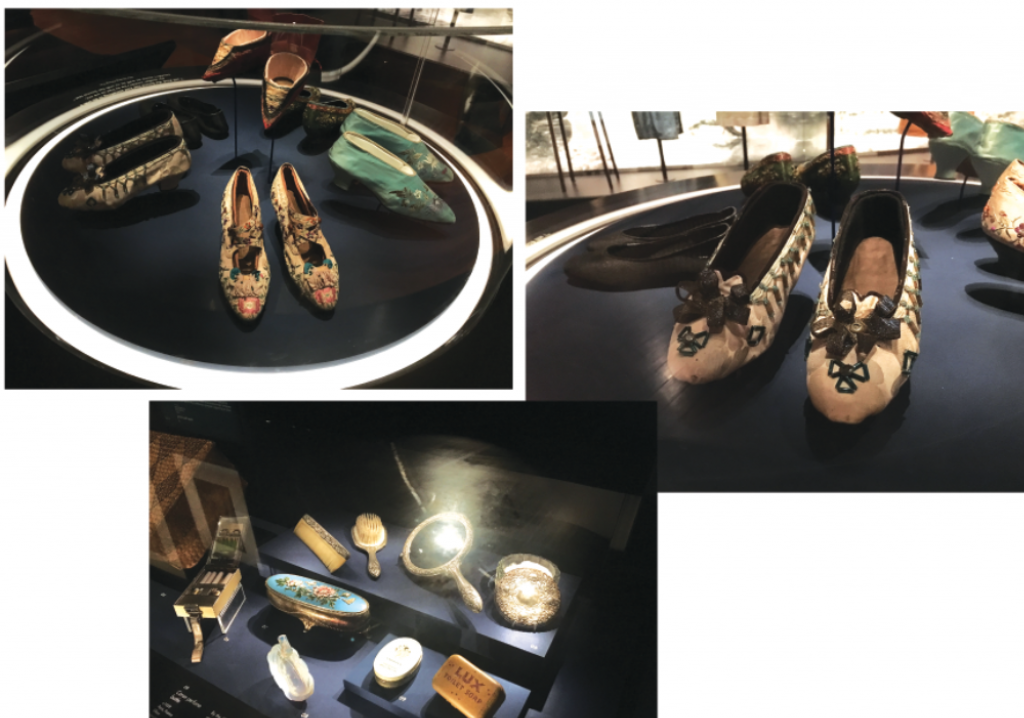
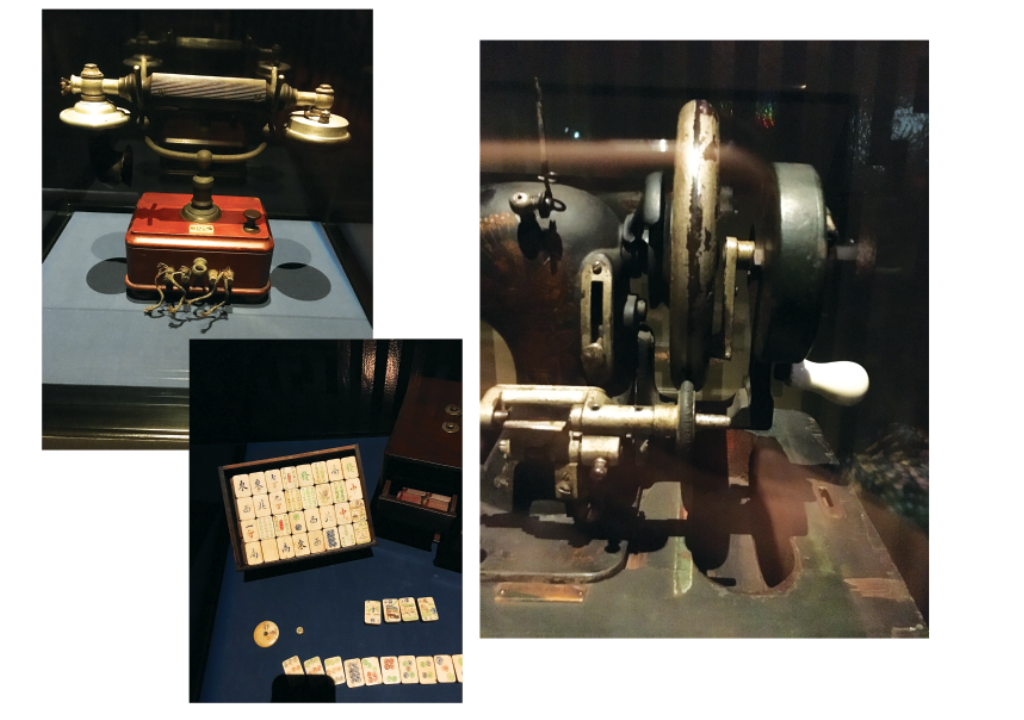
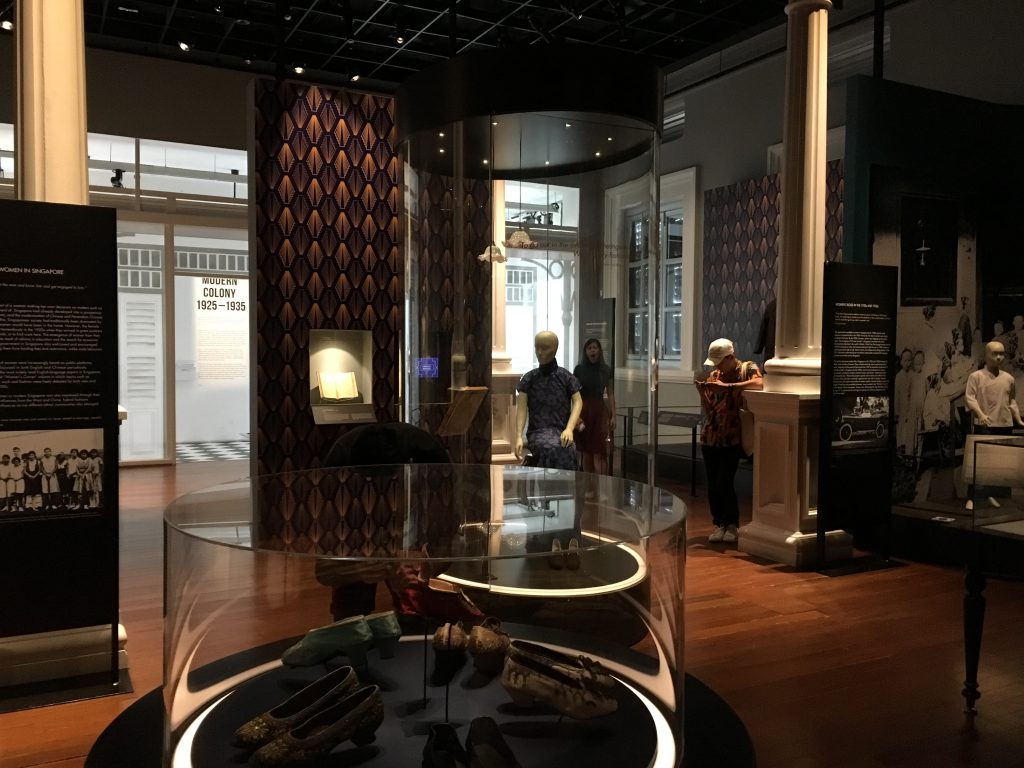
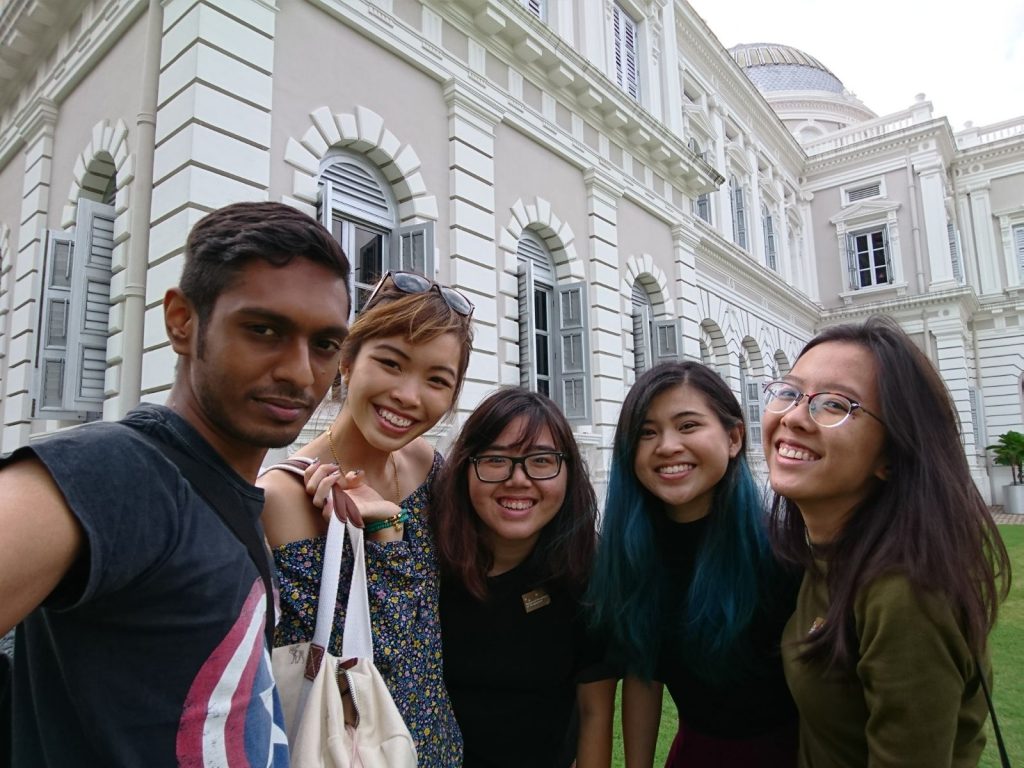
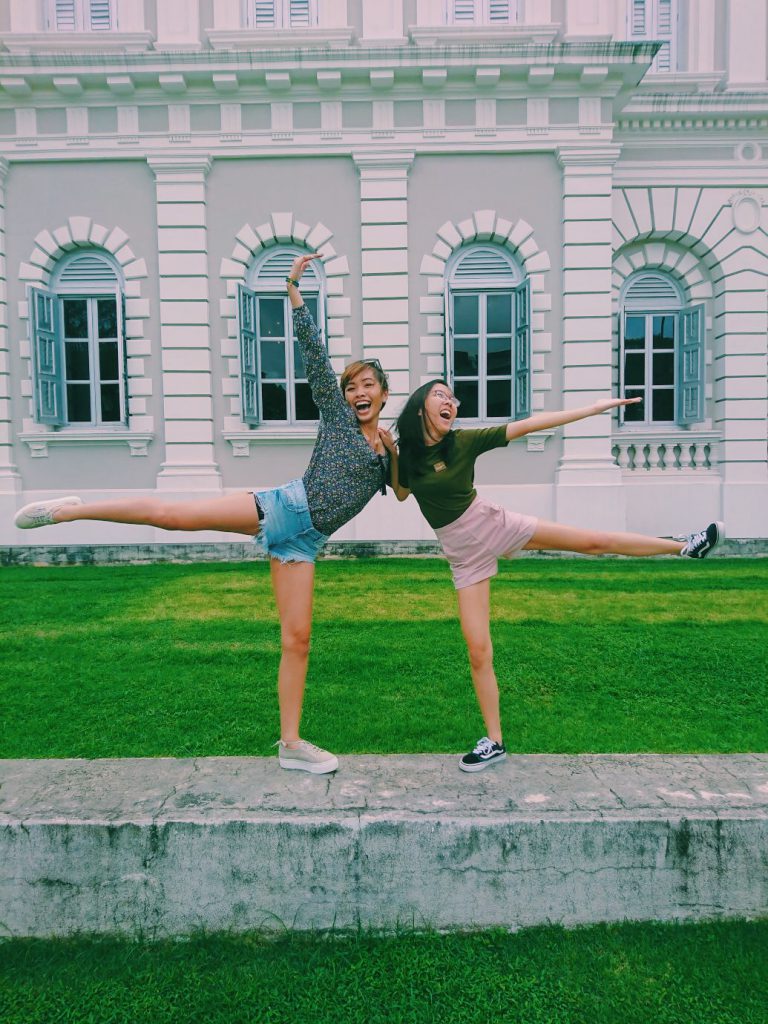
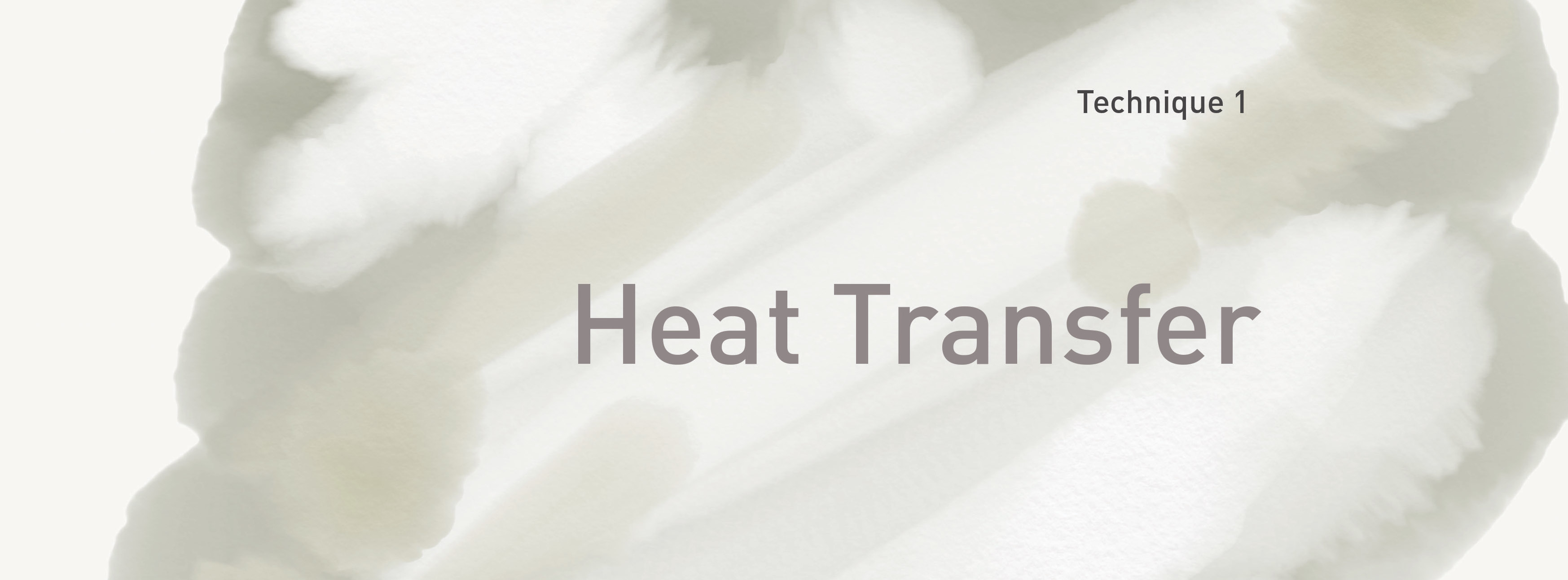
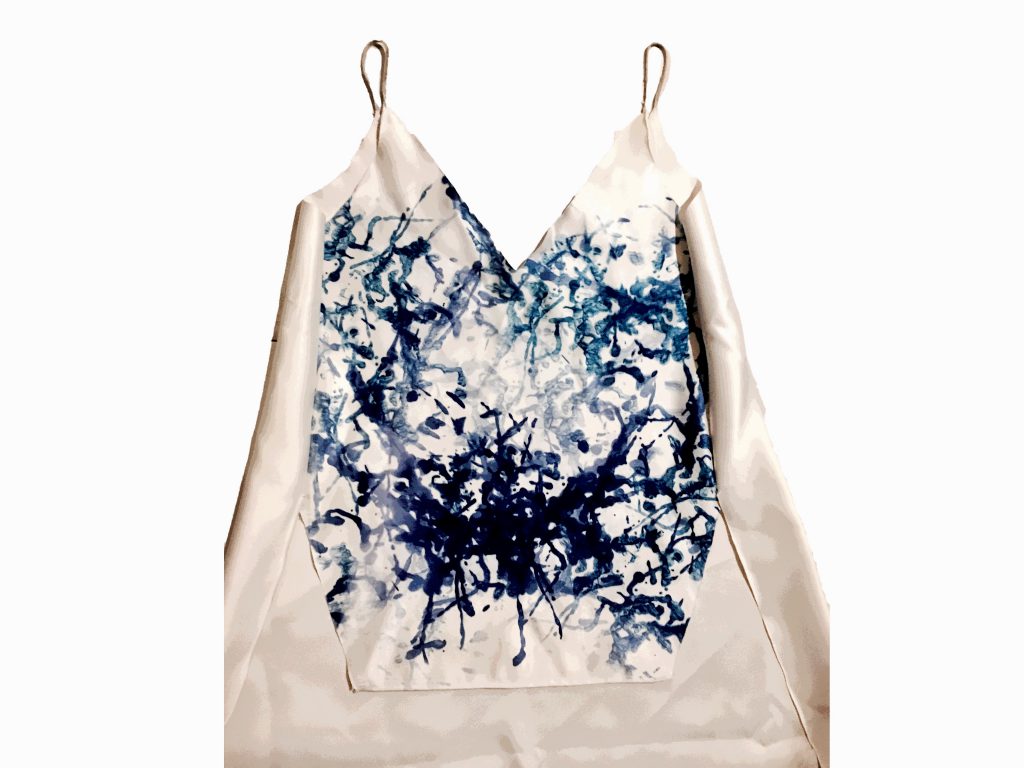
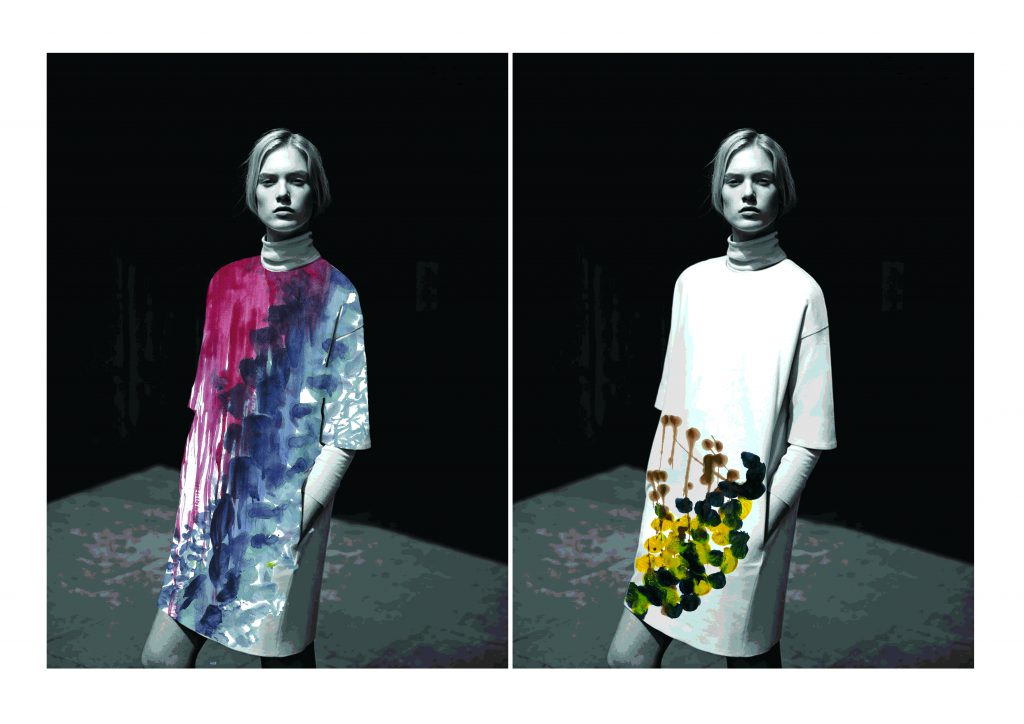
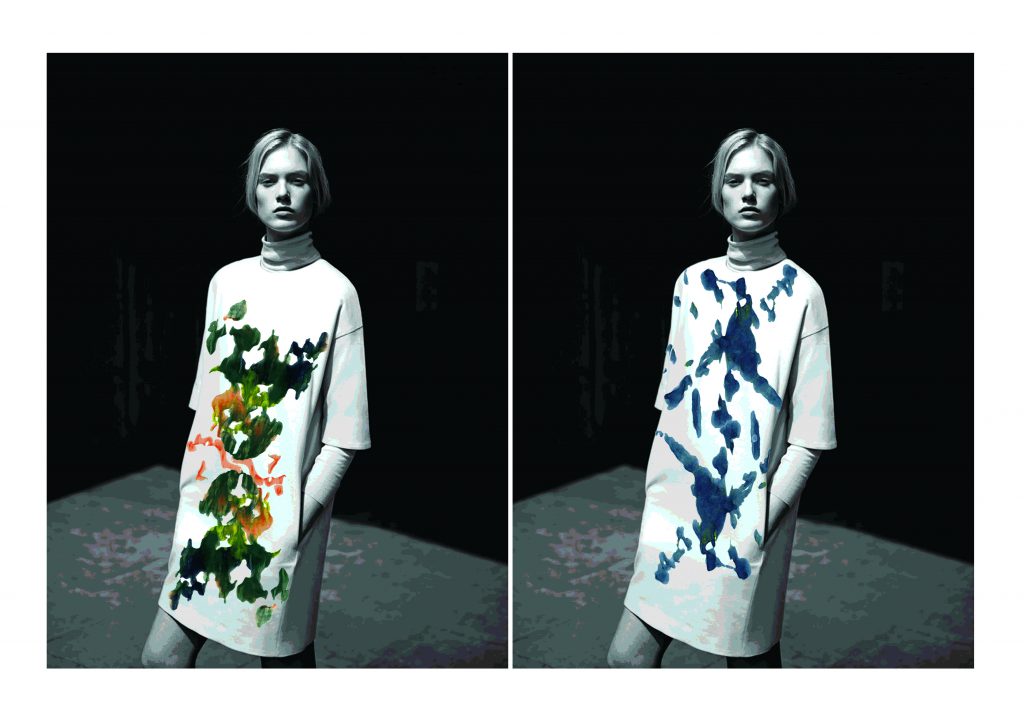
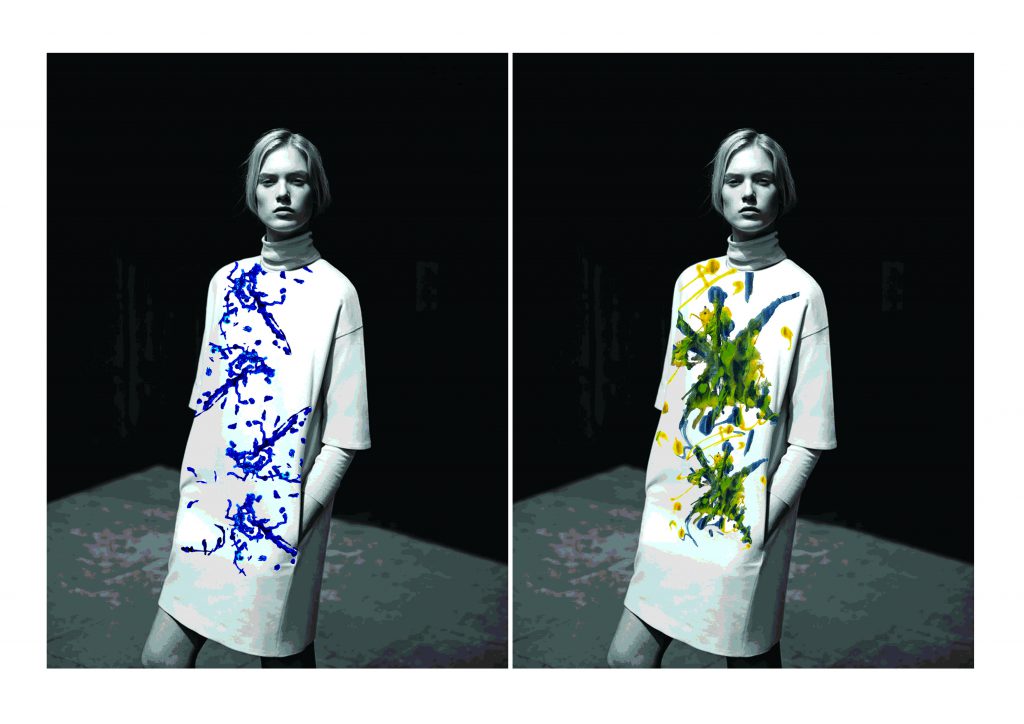
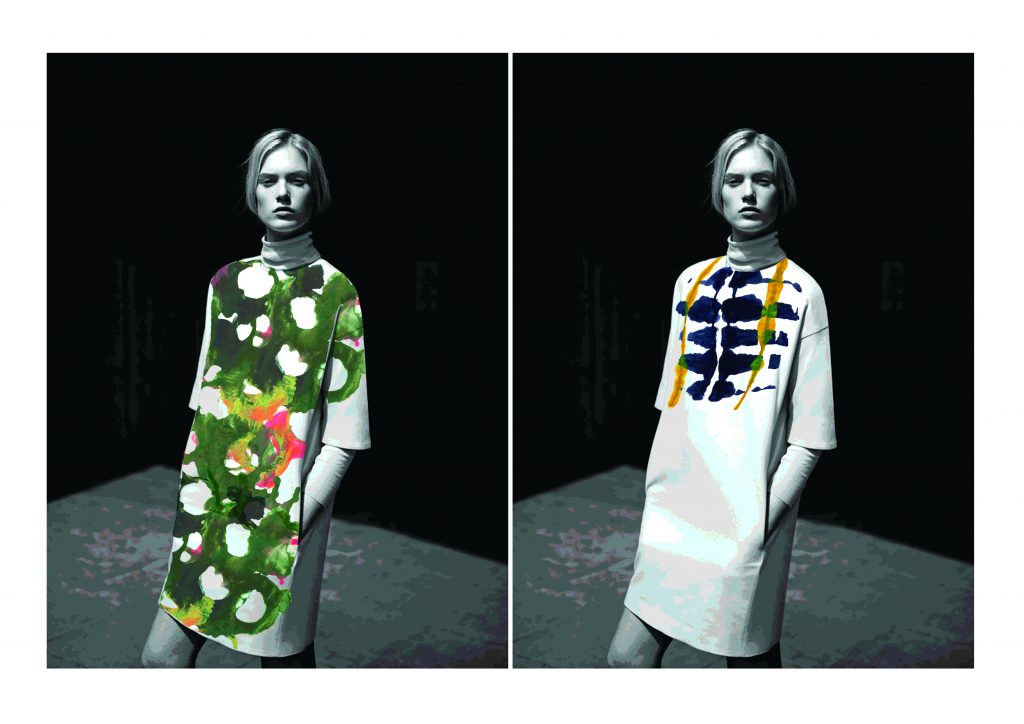
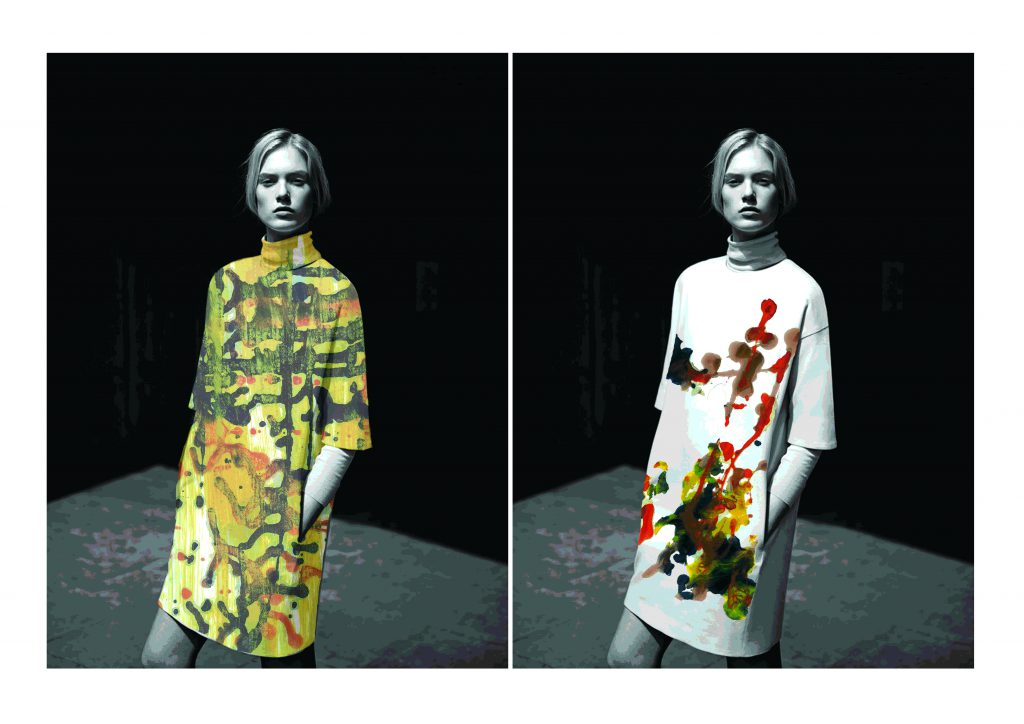
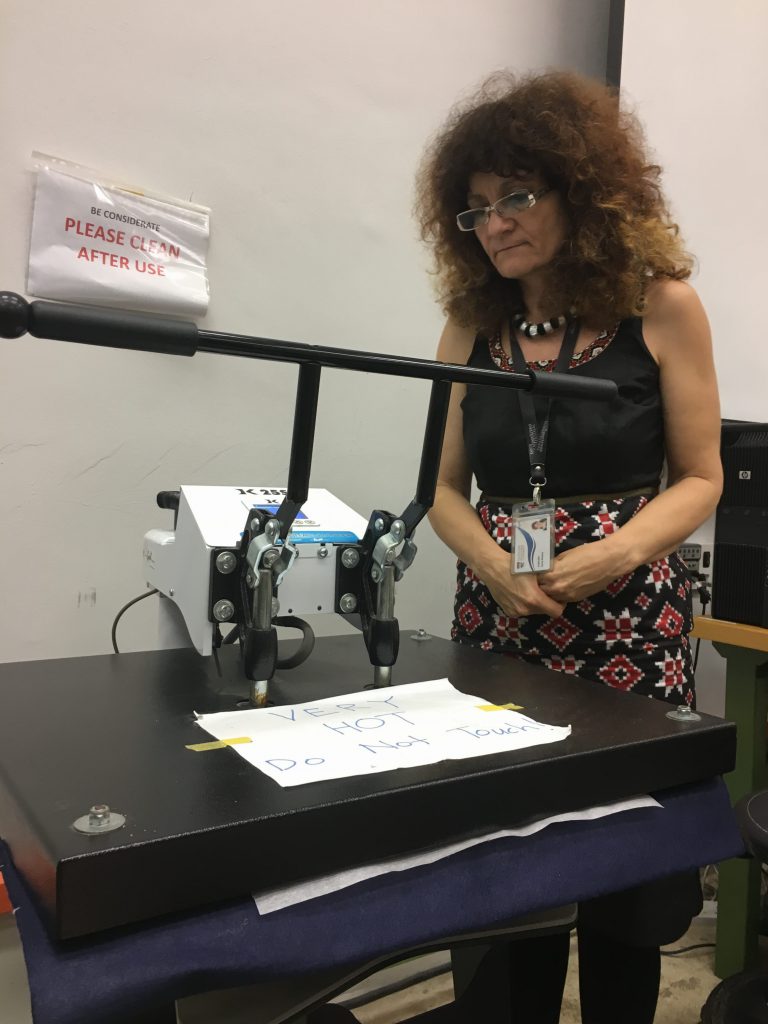
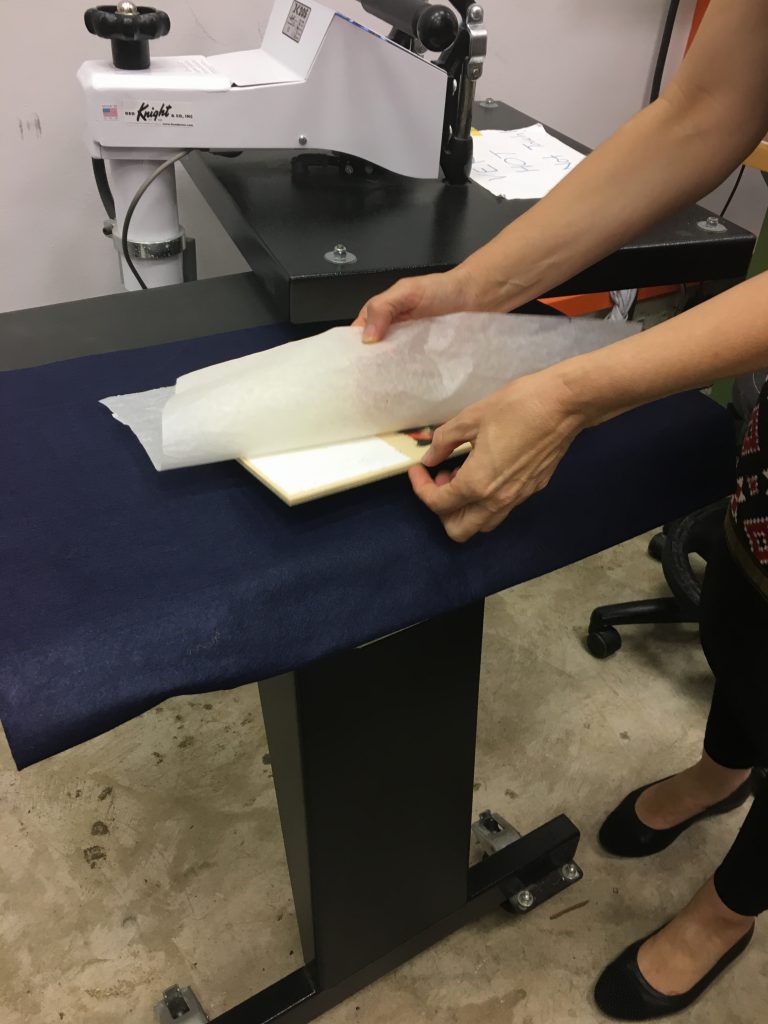
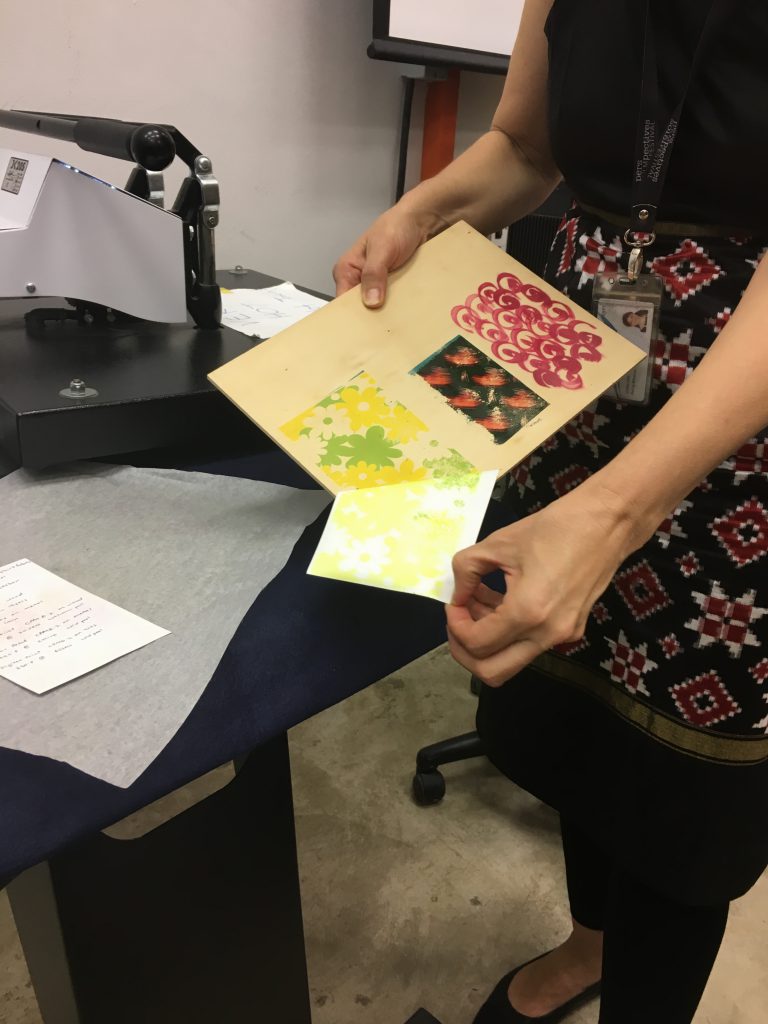
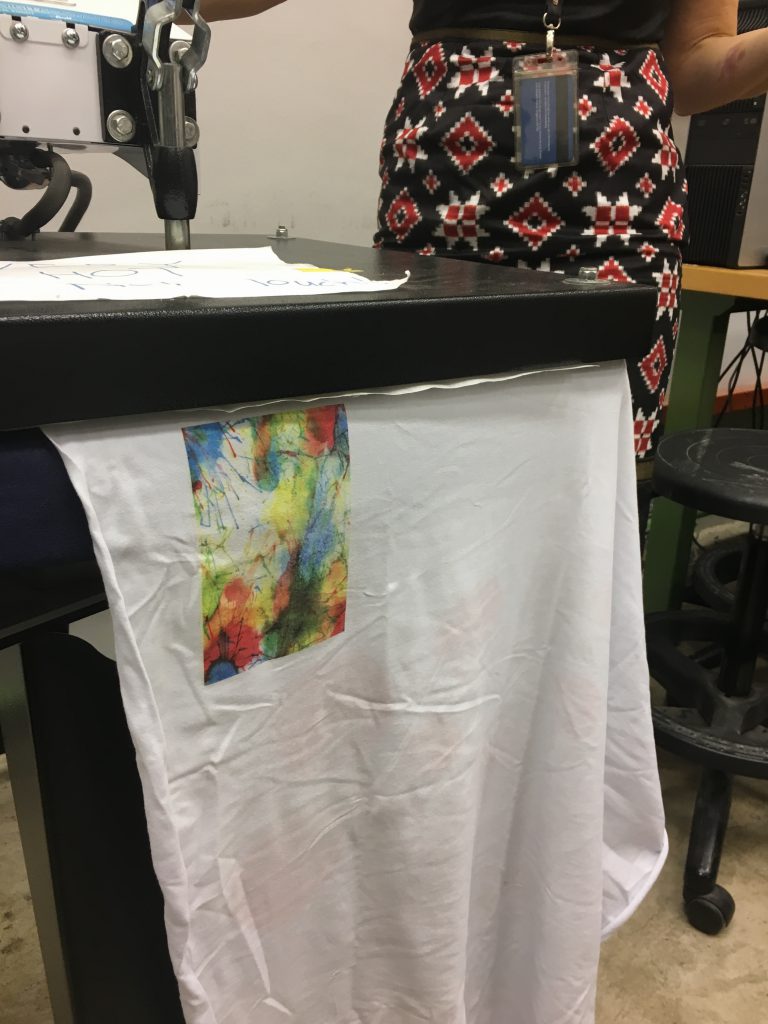 Fabric, the common kind for heat transfer
Fabric, the common kind for heat transfer